Vital Signs Data
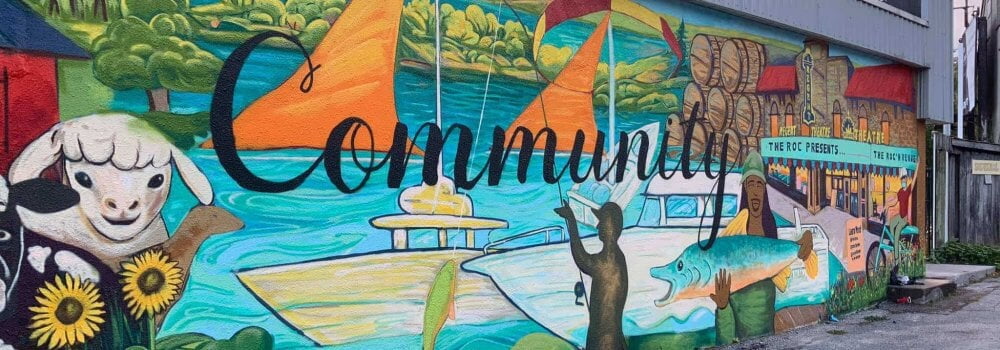
Participating in leisure and culture activities contributes to our well-being as individuals and to our communities. The impact of participation is even greater for people in marginalized groups, such as those living with disabilities, living in poverty, or as members of a minority population. We must strive to make our events and activities accessible to everyone. (Canadian Index of Wellbeing, Leisure and Culture)
Prince Edward County was officially named in 1792. Colonial settlement started with the United Empire Loyalists after the American Revolution that started in 1765.
In the early 1800s industries were boat building, shipping and grain farming; the late 1800s saw the prosperous Barley Days and fishing; and in the 20th Century a flourishing canning industry, dairy farming and cheese production slumped in the last quarter of the century due to globalization and industrialization.
We are still largely agricultural, although the number of mid-sized farms has decreased. New smaller farms are being established with a focus on sustainability.
The area was rediscovered in the late 1990s by ‘new settlers’ seeking a simpler rural lifestyle and became a destination for art lovers, birders, culinary tourists, cyclists, and the home of a flourishing new wine industry. (Prince Edward County Heritage Resources)
Tourism has boosted the economy since the 1800s. However, PEC's growing popularity is affecting local life. House prices have increased, and there is added pressure on roads, infrastructure, and services. At times, visitors’ expectations don’t align with the realities of life in The County.
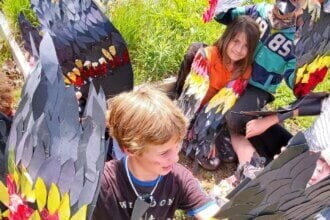
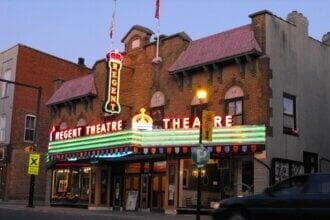
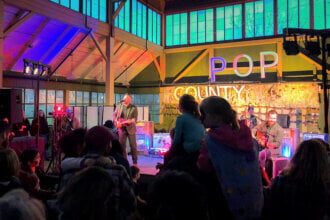
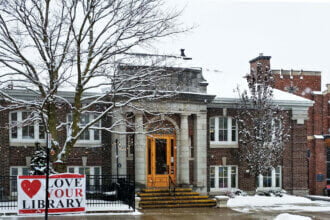
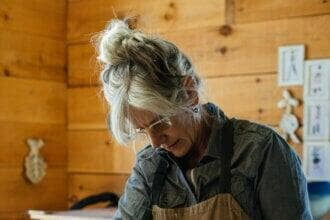
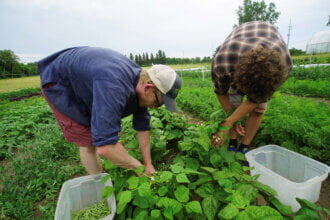
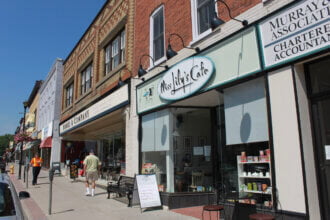
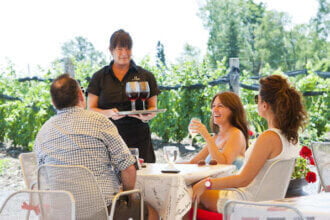
Creative Vibrancy
Creative Vibrancy
Prince Edward County has a highly engaged creative community. The Arts, Entertainment, and Recreation sector [NAICS 71] has an employment concentration of 1.79 in 2024, indicating that this sector employs people at a rate 79% higher than the national average. This reflects the sector’s strong presence and importance in the local economy.
MoneySense ranked The County 9th out of 100 Canadian cities in their ‘Canada’s Best Places for Arts and Community’ 2017 report. (MoneySense, Canada’s Best Places for Arts & Community 2017)
We cherish our cultural heritage. It helps give The County its unique sense of place. We’re proud of it and we work to preserve the buildings and landscapes that embody it. Our biggest library was designed by Andrew Carnegie, while our youth had enormous input in the design of our skate park.
We enjoy and support 6 Libraries, 9 Town Halls, 5 Museums, 1 Heritage Theatre, 2 Community Centres, a Community Radio Station, 2 Arenas … and more.
Our villages have playhouses, music venues, fairgrounds and old and new community meeting spaces that are booked year-round for everything from yoga to political meetings.
- PEC Arts Council strengthens the creative, social, cultural, educational and economic vibrancy of the PEC arts sector.
- Baxter Arts Centre is a dynamic space where creativity meets community through arts education, activity and engagement.
- The historic Regent Theatre – From movies to concerts to live-streams and podcasts The Regent Theatre brings year-round entertainment to The County and beyond.
- The Department of Illumination brings joy and creativity to our community by producing festivals, workshops, and other artistic events.
- PEC Lbrary serves our community as a gathering place for learning, creation, collaboration, personal development and inspiration.
- The County Museums are gathering spaces to engage with local heritage, the material and intangible alike, and to reflect on the compelling ties it shares with Prince Edward County’s vibrant and contemporary culture.
Events & Festivals
Prince Edward County is one of Ontario’s designated viticultural areas, and where there’s wine there’s art, food and music, too! We celebrate it all, from the world-class PEC Jazz Festival to the Firelight Festival where children parade on Main Street to show off their handmade paper lanterns. In autumn there’s the Scarecrow Festival and Wellington Pumpkinfest, and in winter the Ice Box Festival and Flashback February. The PEC Marathon is international, so is the Walleye World Fishing Tournament.
Music festivals, studio tours, the Kids of Steel triathlon, boxcar races, wine and culinary and harvest festivals happen all over The County. (Visit the County events)
Sports & Recreation
Sports & Recreation
Green spaces
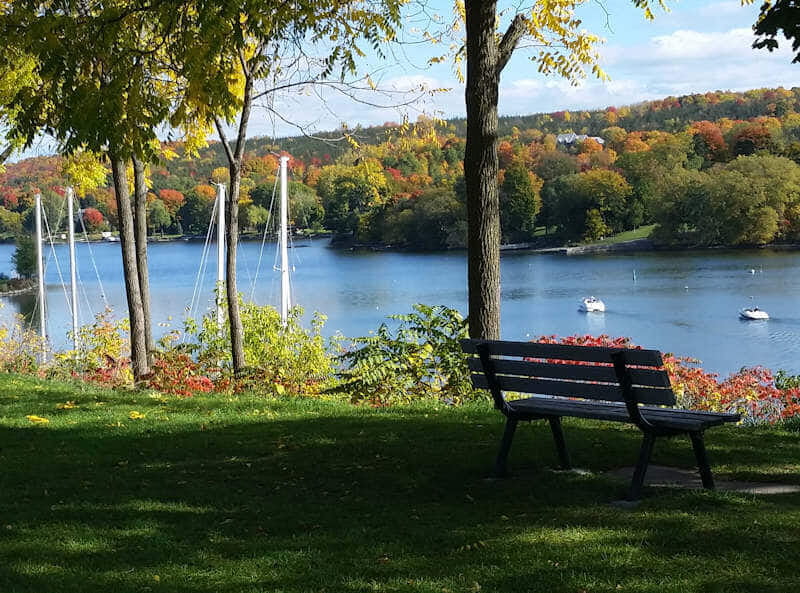
- 3 Provincial Parks
- 5 Conservation areas
- Municipal parks and beaches: 180 acres of parkland including a 46 km linear trail and a community beach, plus outdoor recreation amenities.
- PEC protected and conserved areas, areas of scientific and national interest (ANSI), and Ontario Trail Network (OTN) access points.
Trends in Leisure & Recreation
Increasing use of parks and recreation spaces
Parks and natural areas saw dramatic increases in usage during the pandemic. People have an enhanced appreciation for connecting with nature and being physically active outdoors.
Building an inclusive community
Recreation and leisure are great tools for bringing diverse people together in a common pursuit. Inclusiveness is now at the forefront of this community-building as recreation leaders focus on providing equitable access to facilities and opportunities.
Technology
Booking and scheduling software, and online payments are improving the efficiency with which recreational organizations can manage people and capacity. There is an expectation of Wi-Fi access, charging stations and digital information at facilities. Esports and virtual reality spaces are becoming more popular.
Social Media
Mobile phones have opened the opportunity to take photos anywhere and share them on social media. Organizations are looking to optimize “photogenic” spots, encouraging people to take and share photos on their social media accounts. Parks are using QR codes to disseminate information at environmentally or historically significant spots in the park.
Other trends
- An aging population: seniors are more active and seeking equal access to recreational opportunities and facilities
- Increased immigration
- Growing awareness of First Nations, Métis, and Inuit (FNMI) contributions, concerns and needs
- Climate change has increased environmental activism and the ‘Green’ movement
- Parks and green spaces are effective tools against extreme urban heat
- Movement toward informal & individual activities: as people have less time they do what is convenient and less scheduled, this also leads to increasing participation in leisure activities
- Decrease in volunteerism: many recreation and leisure organizations are dependent on volunteers to operate
- Increasing need for revenue generation: public funding is decreasing and forcing recreation and leisure industry organizations to find alternate revenue sources.
(Open Library)

